Anconeus Muscle
Table of Contents
Anconeus Muscle Anatomy
The anconeus muscle is a small, triangular muscle located at the elbow. It is located at the posterior aspect of the elbow, extending from the distal humerus to the proximal ulna. It assists in the extension of the forearm and provides support for both the dorsal capsule of the humeroulnar joint and the ulna itself.
Origin:
It originates from the lateral epicondyle of the humerus.
Insertion:
It inserts on the lateral surface of the olecranon process and the superior proximal part of the posterior ulna.
Nerve supply:
The radial nerve (C5 ,C6 ,C7, C8, and T1) supplies the muscle.
Blood supply:
The posterior interosseous recurrent artery supplies the muscle.
Action:
It is partly blended in with the triceps, which assists in the extension of the forearm. It also stabilizes the elbow during pronation and supination and pulls slack out of the elbow joint capsule during extension to prevent impingement.
Function:
Functionally, the anconeus is a continuation of the triceps brachii muscle, exhibiting the same action at the elbow. Thereby, its contraction leads to the extension of the forearm.
Due to its long attachment to the ulna, it is believed that the anconeus has the additional function of abducting the ulna, especially during pronation movements of the forearm. This action is essential for stabilizing the ulna and allowing the rotatory movement of the forearm in activities such as using a screwdriver.
Assessment
Assessing sensory changes in the ulnar nerve distribution (½ of the fourth digit and the whole of the fifth), pain, atrophy of the intrinsic muscles of the hand innervated by the ulnar nerve, and neural provocation tests of the ulnar nerve are all necessary for an accurate diagnosis of cubital tunnel syndrome, which may be caused by the hypertrophy of the anconeus muscle.
Elbow tests that relate ulnar neuropathy to cubital tunnel syndrome are utilized to confirm the diagnosis. In order to confirm the condition, these tests should elicit provocative indicators. Examples of such signs include elbow flexion that reproduces symptoms, a positive Tinel’s sign at the elbow, or a sign of instability, such as the ulnar nerve snapping over the medial epicondyle when elbow flexion occurs.
Strengthening exercise:
The “anconeus sidekick” is a relatively simple exercise: kneel down alongside a bench, using it to support your upper arm, leaving it at right angles to your body, parallel to the floor. Your forearm should then be hanging straight down. Pick up a dumbbell with your thumb pointed downward, raising the forearm horizontally. Perform three sets of 12 repetitions each, at least three times every week. This can be followed up with typical triceps work.
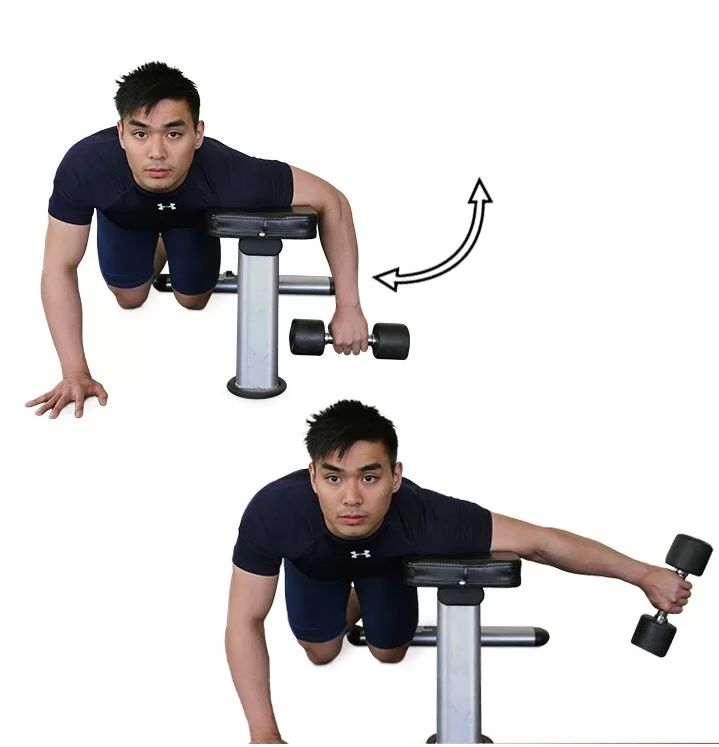
Stretching exercise:
Related pathology:
An anatomical variation of the anconeus is found in up to one-third of all humans. Even though most are harmless, there is one variation that can be considered clinically relevant, namely the anconeus epitrochlearis muscle.
This variant of the anconeus muscle originates at the medial epicondyle of the humerus, thus crossing the ulnar groove of the bone. Since the ulnar nerve courses in this groove, in cases of hypertrophy (e.g. in weightlifters), the anconeus epitrochlearis can cause a compression of the ulnar nerve. This results in numbness of the ulnar side of the hand, the little and ring fingers, as well as pain in the elbow (cubital tunnel syndrome).
FAQs
The little, triangular anconeus muscle is situated near the elbow. It starts at the lateral epicondyle of the humerus on the dorsal side and inserts at the olecranon of the ulna.
The name Anconaeus comes from the ancient Greek term ἀγκώv. ‘Ακών means elbow bend or arm bend. In 1907, the first volume of the Nomina Anatomica was translated into English, and the term musculus anconeus was translated as elbow muscle.
The muscle is a variation in humans. The anconeus internus, anconeus parvus, epitrochleo-olecranonis, and epitrochleocubital muscle are other names for the anconeus epitrochlearis. It inserts into the olecranon of the ulna after emerging from the medial epicondyle of the humerus.
The ulna itself and the dorsal capsule of the humeroulnar joint are both supported by the anconeus muscle, which also helps in forearm extension.
A muscle located in the superficial compartment of the posterior forearm is called the anconeus.
Attachments: Connects to the olecranon of the ulna after emerging from the lateral epicondyle of the humerus.
Action: When the forearm pronates, the ulna is abducted.

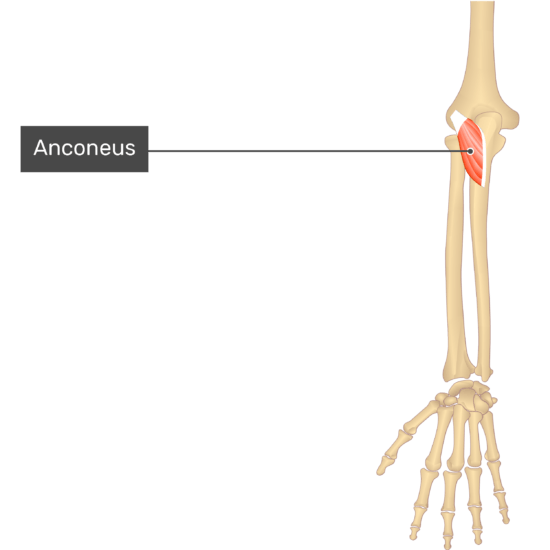
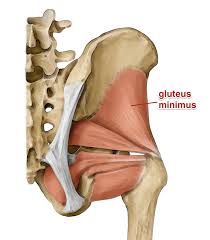
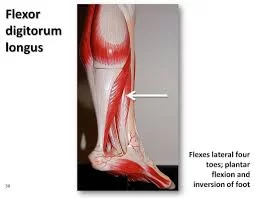
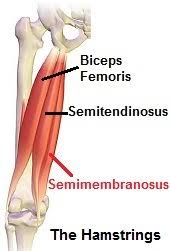
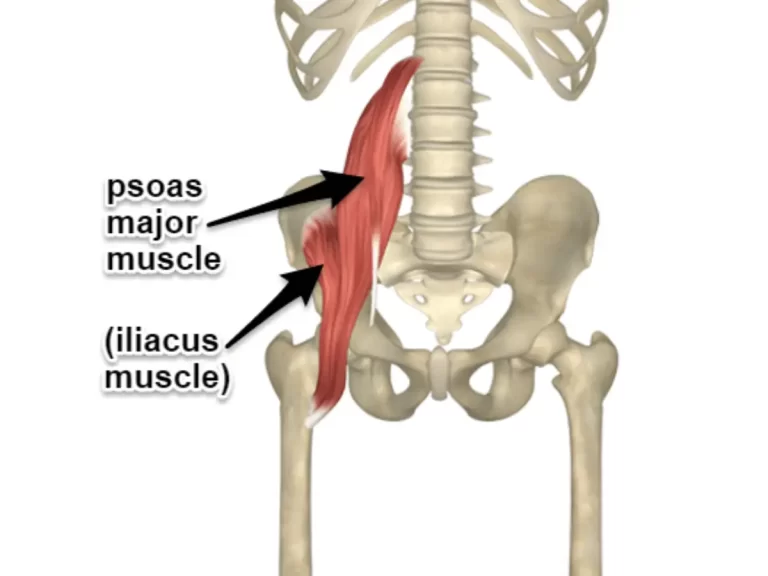
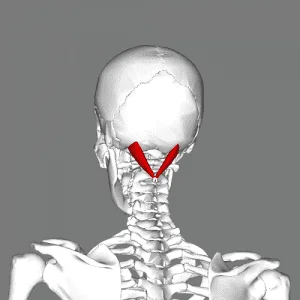
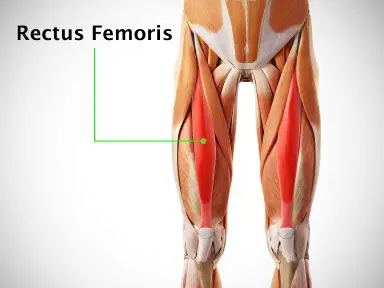
3 Comments